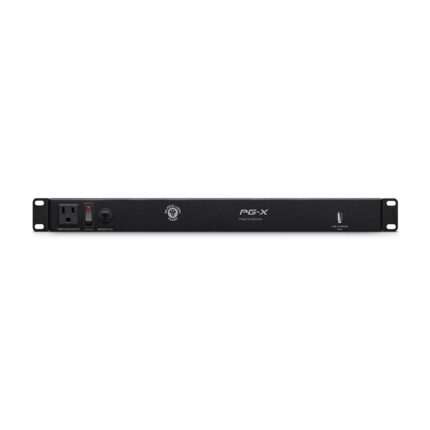Description
Radial HotShot DM1 Footswitch
- Redirects mic signal to communicate with techs
- Lets band members with in-ear monitors chat between songs
- Momentary switch requires foot action to engage
- Passive design does not require any power to work
Designed to address on-stage communication problems for artists who employ in-ear monitoring systems, the HotShot™ DM1 is a combination microphone signal splitter and mute switch that allows you to depress a footswitch to mute your mic and redirect the signal to the stage monitoring system or intercom to speak with band members or technicians while on stage.
Using the DM1 is easily done using any dynamic microphone: connect the mic to the input and the main output to the mixer. Add a second cable from the monitor out to feed a common intercom buss. As soon as you depress the momentary footswitch, the signal going to the main output is muted and redirected to the monitoring system. This allows the musician to discretely speak with other band members or discuss a technical problem with the crew. As soon as the footswitch is released, the system automatically reverts back to normal operation, thus eliminating the need for LED indicators or local powering.
As with all Radial stage switchers, the HotShot DM1 is designed to be heavy enough to ‘stay put’ while being extra durable to handle the rigours of professional touring. Made in Canada, it features 14 gauge steel construction and durable powder coat finish with a heavy-duty footswitch and isolated XLR connectors.
The HotShot DM-1 is a simple passive switcher that makes communication on stage possible.



















Reviews
There are no reviews yet.